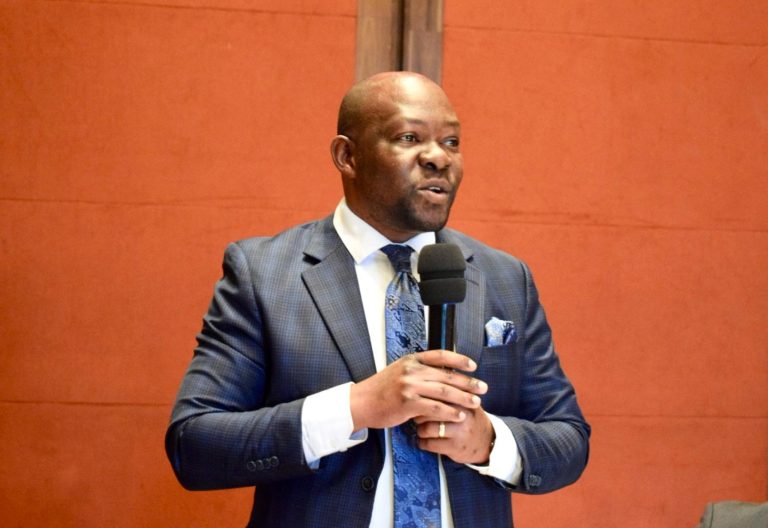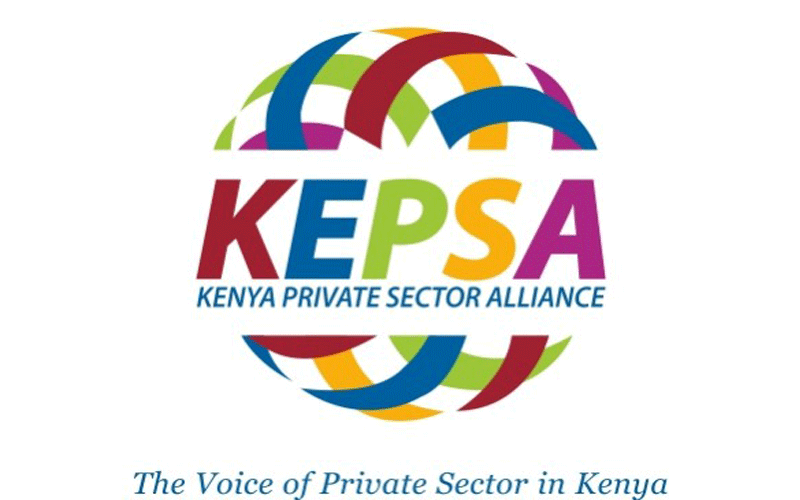How Kenya can streamline privatisation process
By PD columnist, December 1, 2022For decades, Kenya has been implementing a long-term strategy to not only grow the economy and expand opportunities for all, but also to deepen human capital development efforts and increase productivity, and ultimately, prosperity for the nation.
Part of this strategy involves the systematic privatisation of public corporations with the aim of improving efficiency and competitiveness, modernising key infrastructure facilities, and developing the capital markets.
The problem is that privatisation of public entities takes ages despite the sensitivity and need for urgency.
Government owned entities are generally considered to be inefficient and wasteful. Privatisation usually seeks to facilitate and catalyse growth, create sustainability, and maximise profitability of the entity, the relevant sector, and the economy more broadly. This has long been considered by the government as the right way to go.
Yet there are some all-too common challenges that face state corporations in various sectors that should be a cause for economic concern on the privatisation front. These challenges include bloated workforce, mismanagement of resources resulting in unmanageable debt, limited government funding, complex slow decision-making processes, and procurement methods and overlap and duplicity of functions.
In the end, we cannot ignore the fact that privatisation is happening, especially considering the government is seeking to increase the number of listed State-Owned Enterprises at the Nairobi Securities Exchange (NSE). So perhaps this process can be accelerated.
Privatisation process is a chronological step-by-step action baked into the Privatisation Act and the ability to accelerate the process is unfortunately limited. The privatisation option that allows for most flexibility is the public offering of shares, but the government entities are in many instances unable to meet the conditions for a public offering of shares given the challenges they face.
Other options that can allow an acceleration of the process include a rights issue to existing shareholders or a balance sheet re-organisation where the government shareholding in the entity is reduced when it does not take up the new shares.
As noted above, the privatisation process under the Privatisation Act requires that the Privatisation Commission follow a lengthy and detailed process before the sale can be implemented. This results in the process being time consuming and puts off private investors given the uncertainties it presents. This is also impacted by the retirement of Commissioners and their absence delays the implementation of the privatisation programme.
The poor financial and management state of government entities also tends to result in a mismatch in price between what the investors are willing to pay and what the government expects to receive. As such, there is difficulty in finding suitable investors willing to pay a premium for the assets.
However, there is hope for some. Public entities on the privatisation programme that are solvent and well managed can consider the option of making a public offer of shares as this provides the greatest flexibility under the Privatisation Act. Such entities can also consider a rights issue.
Even a financially distressed or insolvent government entity can also consider the option of balance sheet restructuring or liquidation to facilitate the sale of assets while getting relief on repayment of debt.
— The writer is CDH Kenya Partner in the Corporate & Commercial practice
More Articles

